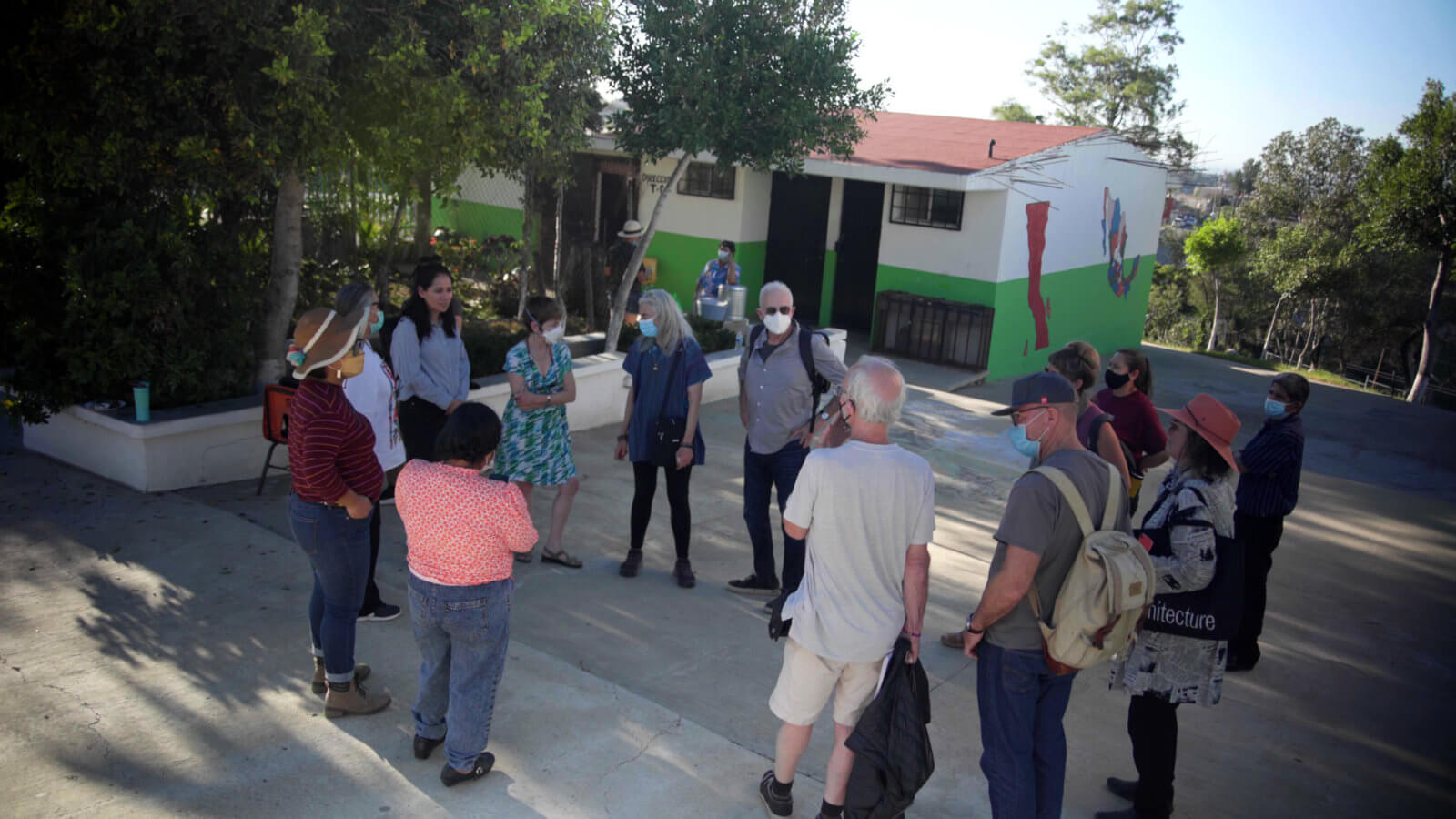Elsa’s observations
In keeping with the Fellowship’s goal of meaningful engagement with GSD students, Elsa Mendoza was invited to join the Loeb team. Elsa, an architect in practice for 10 years, is in the Master of Design Studies program in Art, Design, and the Public Domain. With her background growing up in a Mexican border town along the Rio Grande and her particular interest in binational initiatives and cooperation, she was well suited to offer valuable insights in addition to language support.
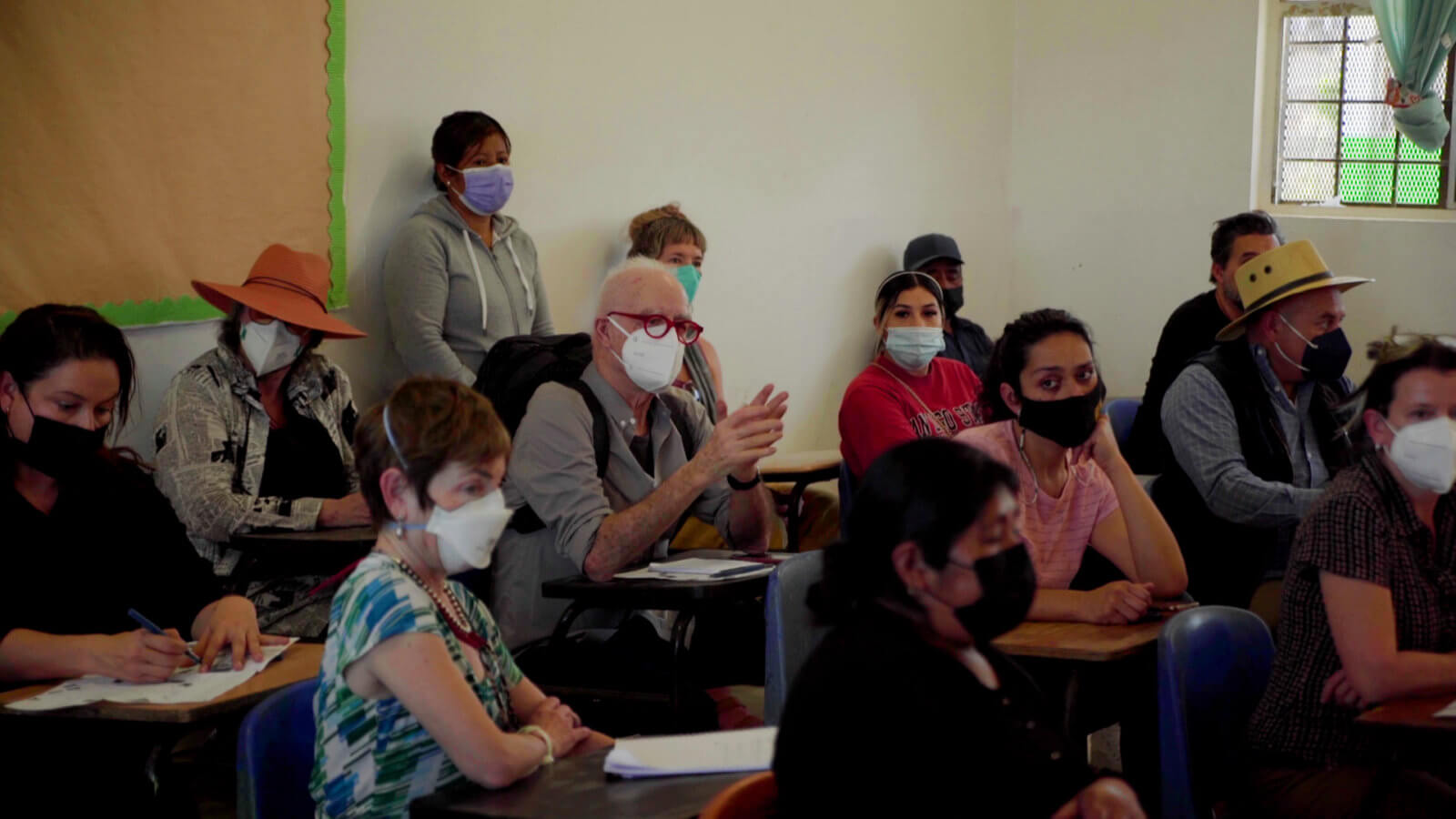
Elsa talks about the size of the Loeb team and the diversity of skills and perspectives represented. “In practice, I mostly see smaller teams for decision making, and it was for me a good sign that people from different disciplines converged,” she said. “I also liked how the first thing the Loeb team did was ask the teachers and parents what they need and then build the design proposal around that…horizontal communication was important to make everybody engaged.”
Along with the local designers, Elsa played a significant role as cultural mediator. Although she had never been to Tijuana before, she recognized many of the features of the House of Wise Words and brought the perspective of someone who was educated both in similar schools in Mexico and in the US. At first glance, she observed, the House of Wise Words seemed unfinished, not quite ready for students or teachers, but it was typical of many public schools in Tijuana. As the team suggested dining tables for the children’s meals, Elsa and Jorge pointed out that children eating on the floor is commonplace in Mexican schools.
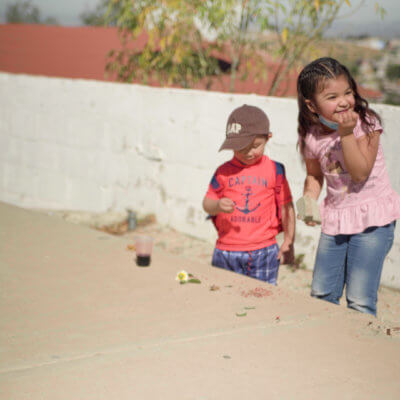
“Part of our contribution was to share our own experience. We both grew up eating without dining tables at our schools, and we did not see this as a problem. It was not until very recently that some Mexican schools started to install dining tables.”
The experience with the Loeb project confirmed Elsa’s approach to her own fieldwork, which she’s conducting among migrants temporarily living in the city of Reynosa, Mexico. “We often have pre-defined ideas of what is needed to improve the situation of others– the outside view. But designers can learn so much when they truly engage and collaborate with all stakeholders and gain an inside view. In this sense, I consider the House of Wise Words project a success in terms of working across borders and enclosing the perspectives of both countries.”
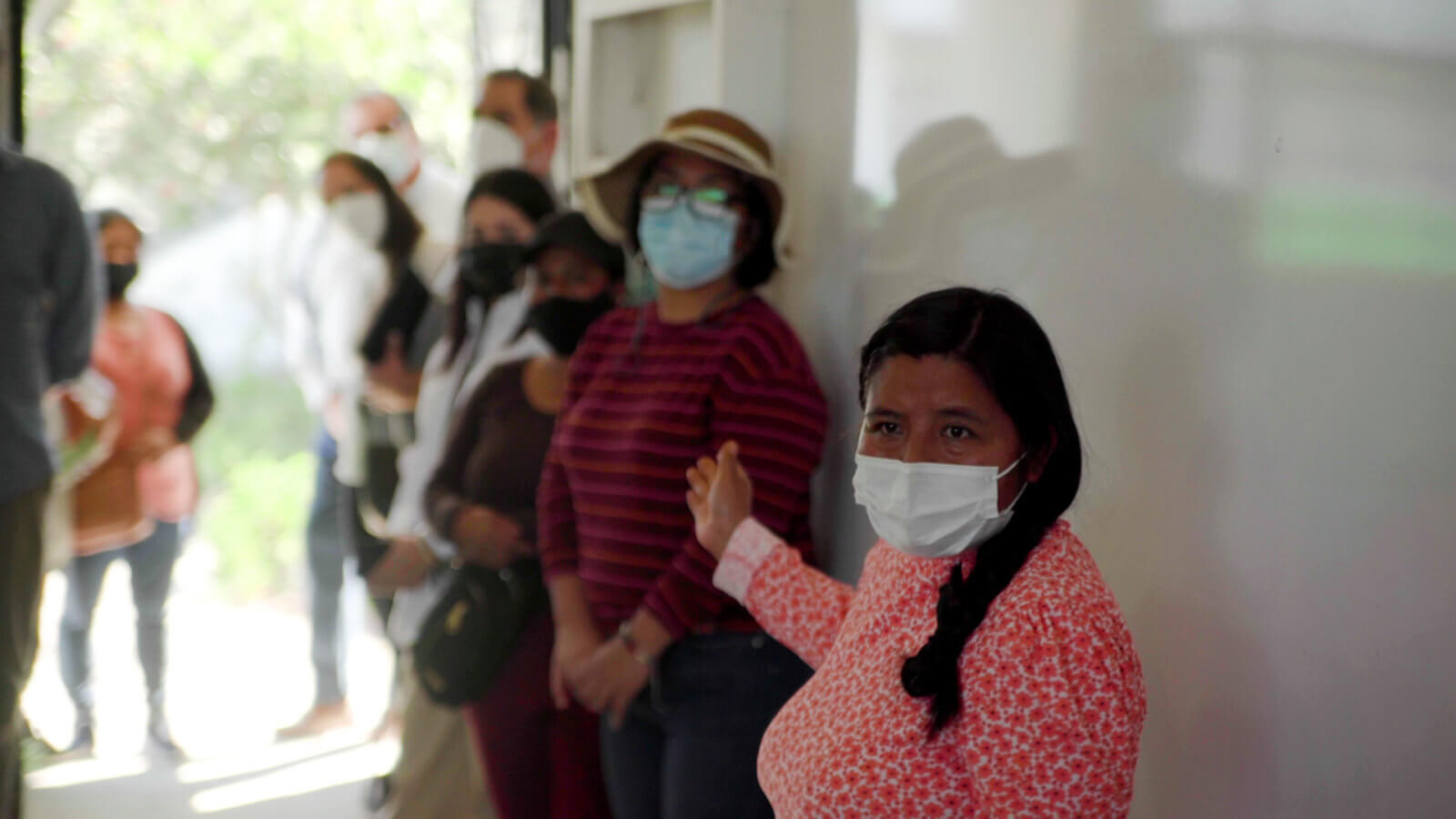
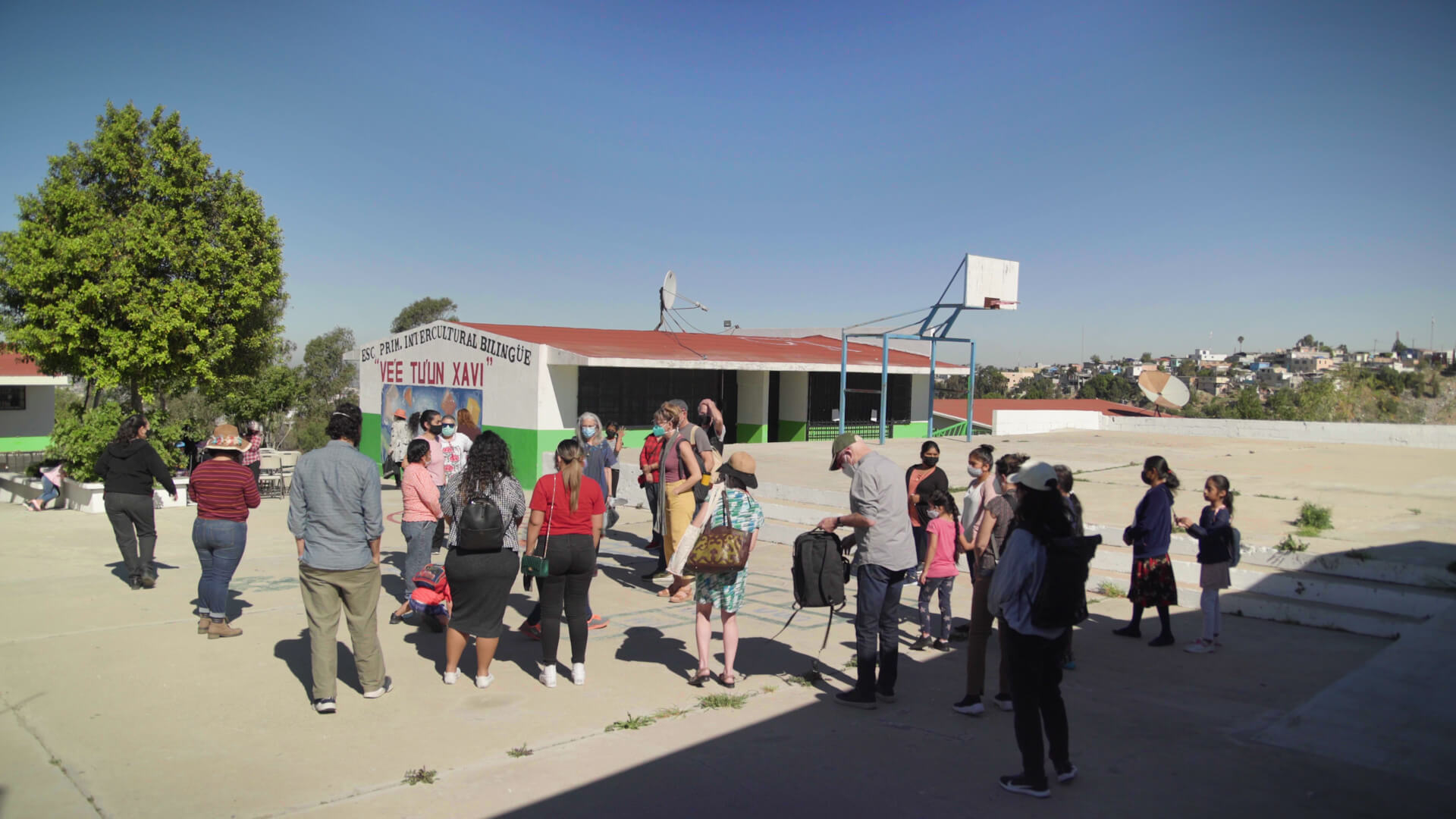
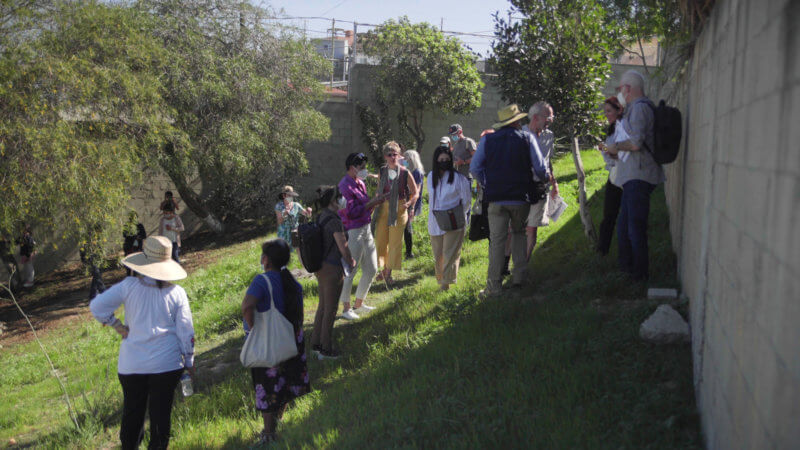
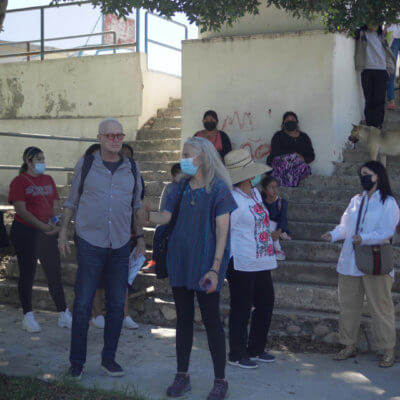
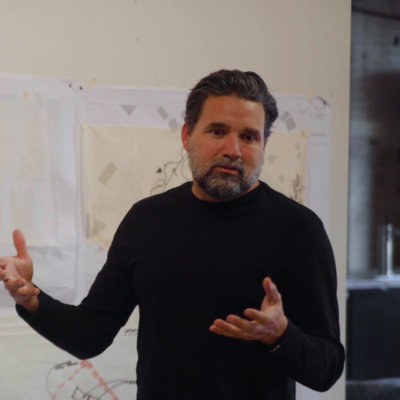 To further address the planners’ dilemma of being outsiders, Jim Brown brought in a Tijuana-based colleague, Jorge Gracia, architect and founder of the Escuela Libre de Architectura. Jorge, in turn, was able to recruit key agency representatives and design professionals, including the director of city planning and a representative of the Department of Education. Thus, an important first impact of the initiative was attracting the attention of people whose influence will be needed to move the plan forward.
To further address the planners’ dilemma of being outsiders, Jim Brown brought in a Tijuana-based colleague, Jorge Gracia, architect and founder of the Escuela Libre de Architectura. Jorge, in turn, was able to recruit key agency representatives and design professionals, including the director of city planning and a representative of the Department of Education. Thus, an important first impact of the initiative was attracting the attention of people whose influence will be needed to move the plan forward.

